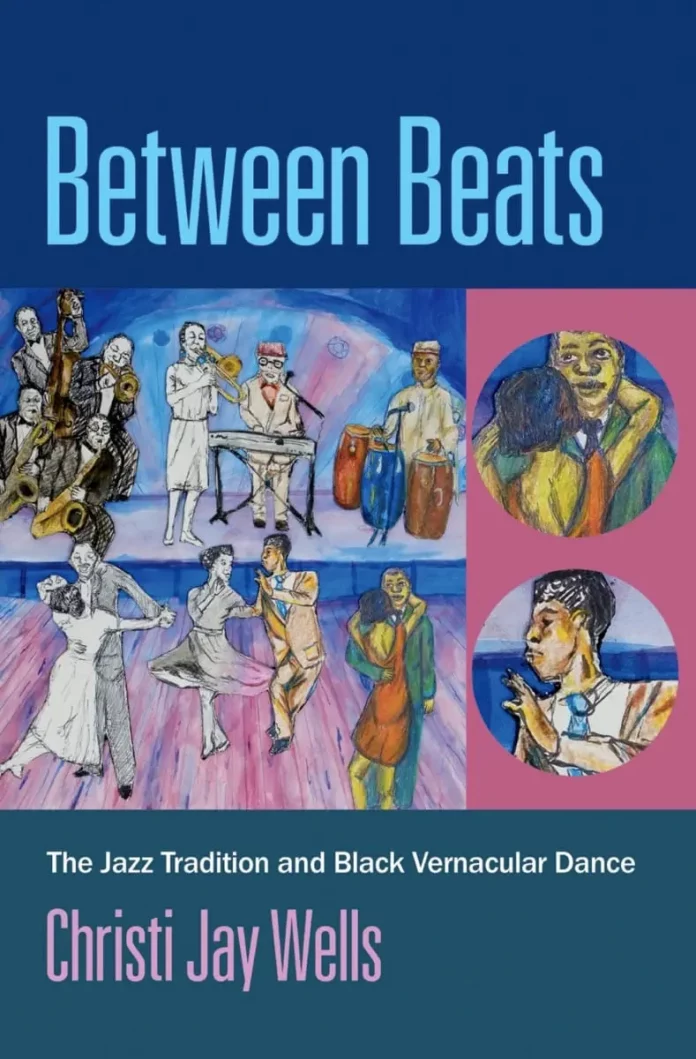Like the author of this book I enjoy dancing to jazz, which is why I was interested in writing the review. Unlike the author, however, I rarely have the opportunity for such dancing and find myself listening to jazz either seated or standing (perhaps while cooking or washing up).
This observation relates to the opening chapter which is entitled “Jazz Music and its Choreographies of Listening” and soon reveals the author as an academic very much aware of anything other academics have written that has direct or indirect relevance to the chosen subject. The numerous quotations from other writers may be challenged or criticised or may support the views of the author.
Hopefully the verbal complexity of this chapter would not discourage readers from continuing through the book to discover interesting information about New Orleans ballrooms in the 19th century, a chapter on Chick Webb and dancers at the Savoy and another on the efforts of Marshall Stearns to establish the value and significance of tap dancing within the jazz tradition. Between the latter two chapters comes one which establishes, partly through the author’s own interviews, that many people danced to bop – in the 40s and beyond – despite widespread assumptions to the contrary.
It was the last chapter that I found most rewarding – largely because I had been regretting up to that point the lack of a DVD to accompany the book and provide visual demonstration of the dances discussed or mentioned. The last chapter is about a club in Brooklyn where jazz is played for dancing once a week and the author refers readers to YouTube, where a search for Danny Mixon Club 966 produces clear evidence that people can dance to what used to be called “modern jazz”, though the camera captures the musicians more than the dancers. (Having registered the YouTube hint I searched further and discovered film of Lindy Hoppers and other dancers demonstrating the Applejack and the Hucklebuck.) The author has danced at Club 966 and hopes that it will survive for many years to come, though the visible dancers have clearly left youth well behind them.
This final chapter is mostly written in an approachable style but in fairness to potential readers I should point out that elsewhere the complexity of the ideas, theories and concepts that the author wishes to convey makes for challenging reading. (I was able to grasp what “coterminous” means but had to look up “fungible”.) Nevertheless, the book represents a massive effort of commitment and research and deserves to find those readers who will appreciate it.
Between Beats – The Jazz Tradition and Black Vernacular Dance by Christi Jay Wells. Pb, 231pp, 23pp bibliography and index. Oxford University Press, ISBN 978-0-19-755928-4
















